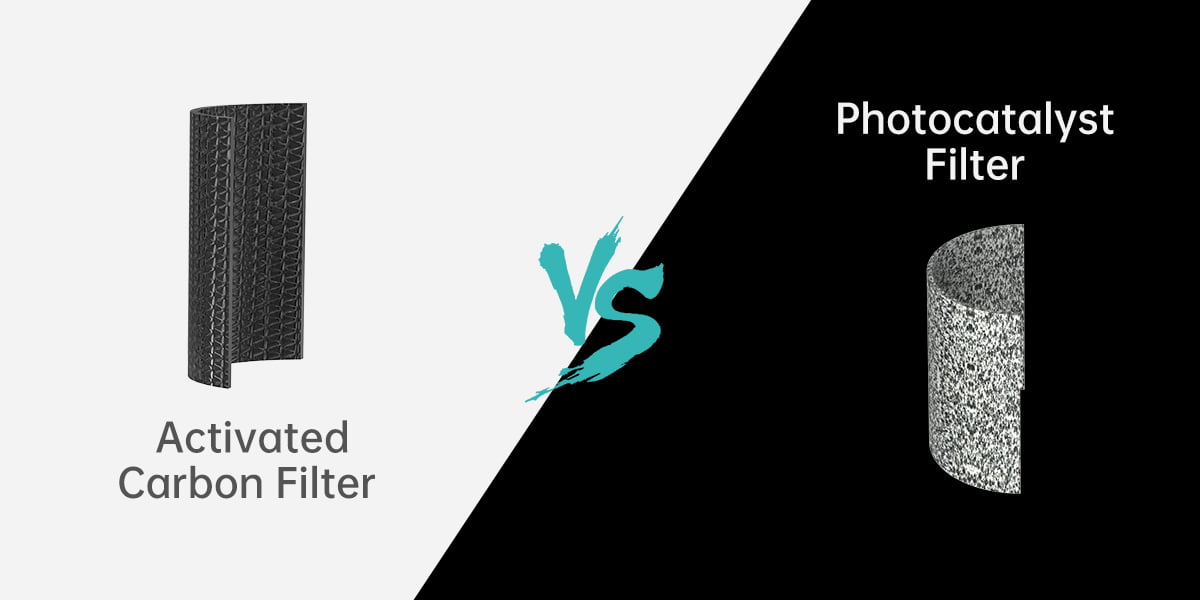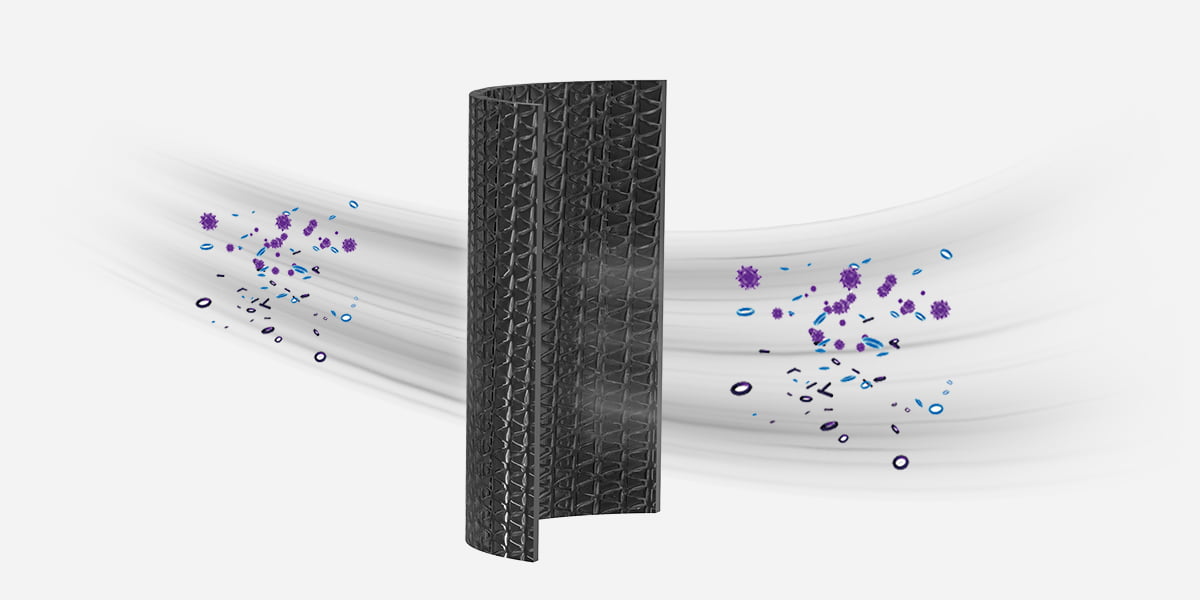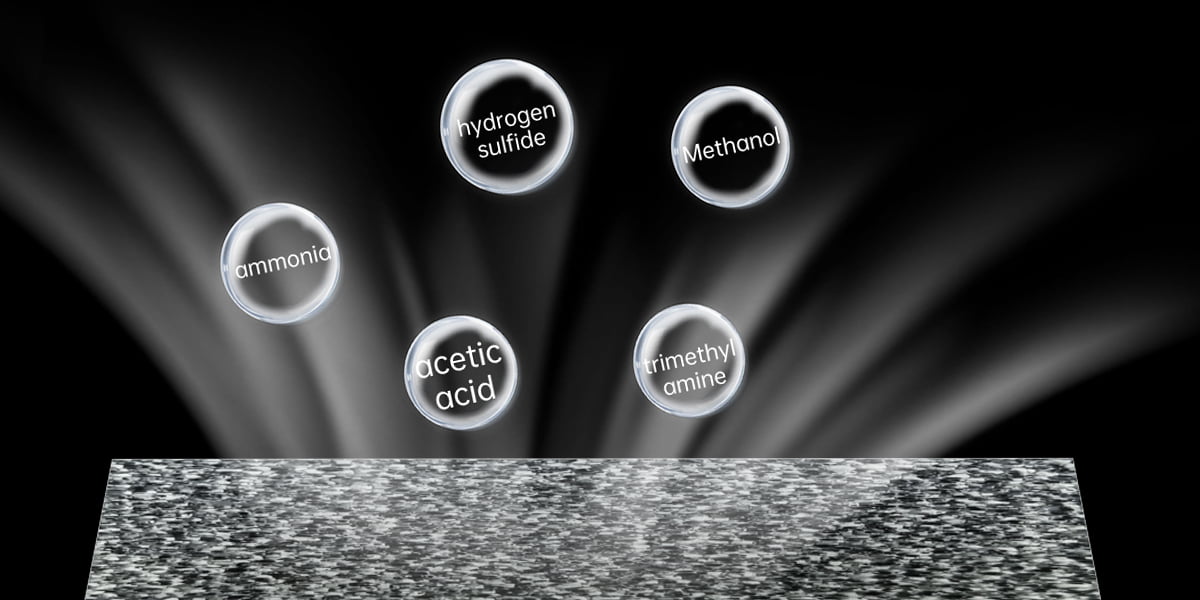What is the Difference Between Activated Carbon Filter and Photocatalyst Filter?

Nowadays, air purifiers mainly use hepa filters, activated carbon filters, and photocatalyst filters to achieve purification. And know more the characteristics and funcations of these filters can help you choose the air purifier that is suitable for your market.
Activated carbon filters and photocatalyst filters are two different types of filters used in air purifiers to remove pollutants from the air. Here are the main differences between these filters:
• Made from activated carbon, which is a highly porous material that absorbs pollutants and odors
• Effective at removing volatile organic compounds (VOCs), smoke, and odors from the air
• Does not remove particles from the air, such as dust or pollen
• Needs to be replaced regularly to maintain effectiveness

Photocatalyst filters:
• Uses a photocatalyst material, such as titanium dioxide, to break down pollutants in the air
• Requires UV light to activate the photocatalyst material
• Effective at removing pollutants such as VOCs, bacteria, and viruses from the air
• Can also help remove odors and allergens from the air
• Does not remove larger particles from the air, such as dust or pet hair
• Does not need to be replaced as often as activated carbon filters, but may need to be cleaned periodically to maintain effectiveness

In summary, activated carbon filters are effective at removing odors and VOCs from the air, while photocatalyst filters are effective at breaking down pollutants and can also help with odors and allergens. However, neither filter type is effective at removing all types of pollutants, so it's important to choose an air purifier with the right type of filter for your specific needs.



